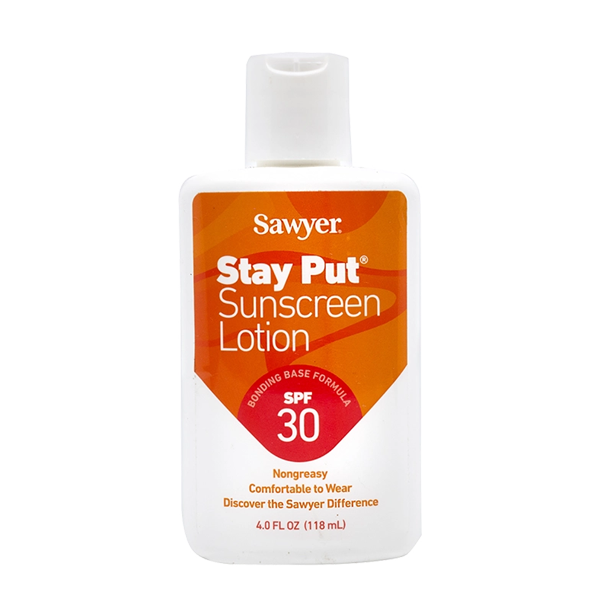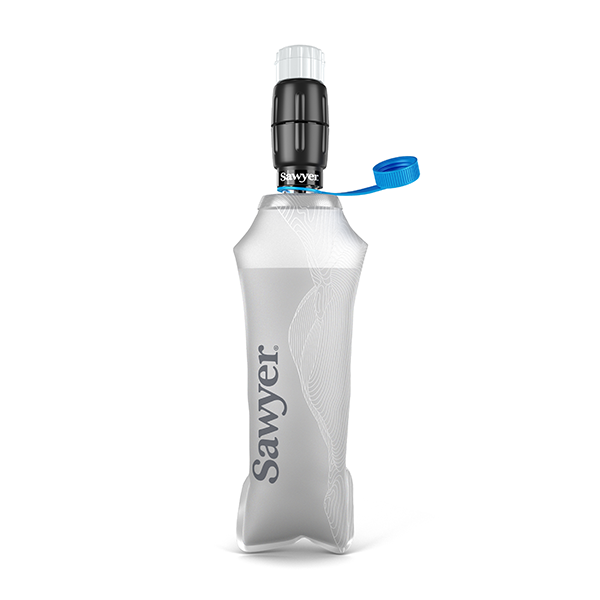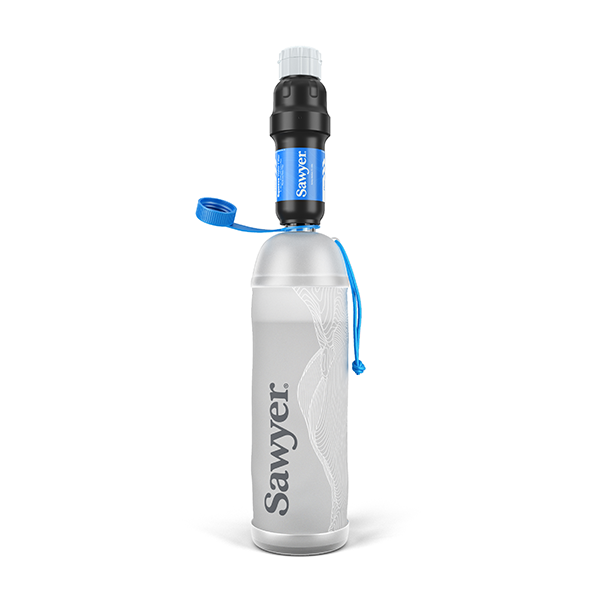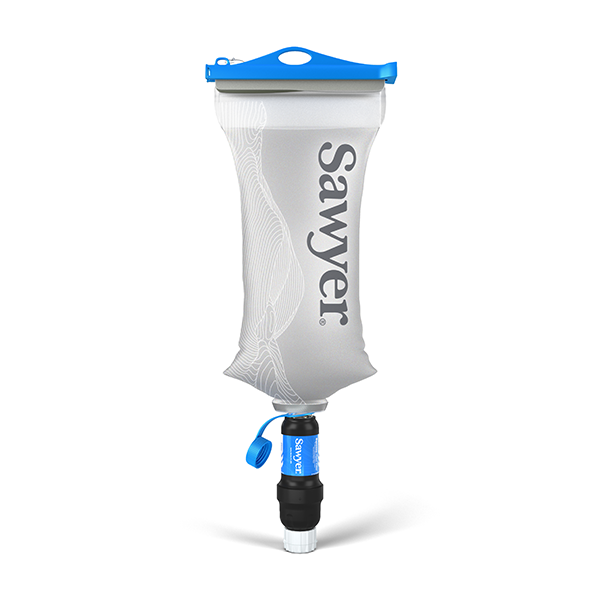The 9 Water Purification Methods: What They Treat and their Pros and Cons
Having a water purification method is one of the most important parts of disaster prepping. But it is also one of the most confusing.
There is a LOT of information out there about water purification systems, and a lot of the info is purposely misleading because companies want you to buy their products.
The reality is that there is no one “best” method of purifying water in disaster situations.
Which water purification method to use depends on your situation and the types of threats present.
For example, a water treatment system designed for backcountry use where viruses aren’t likely probably won’t be safe for treating flood water in an urban environment.
Here is an overview of the 9 methods of disaster water purification and the pros/cons of each written by Diane Vukovic here.
Explore More Content
From the Squad
Campfire conversations with our community, from Squad Members and Ambassadors to Brand Partners and the Sawyer team.














